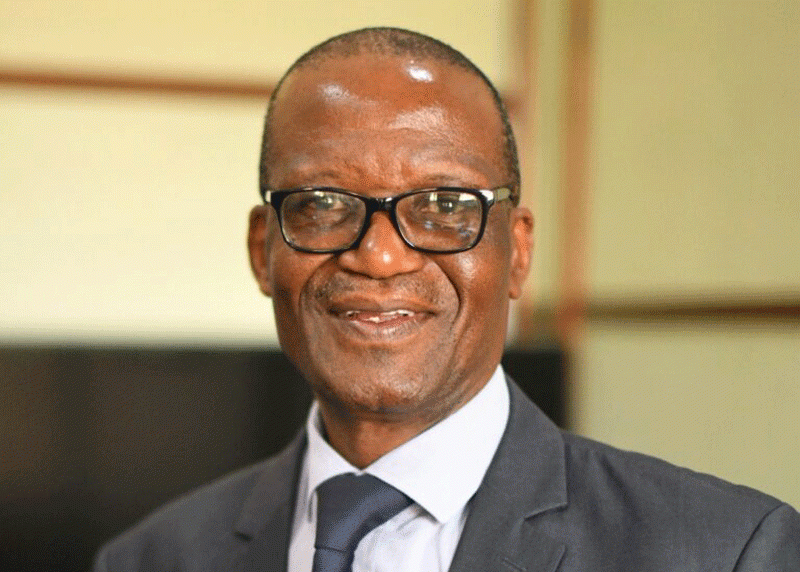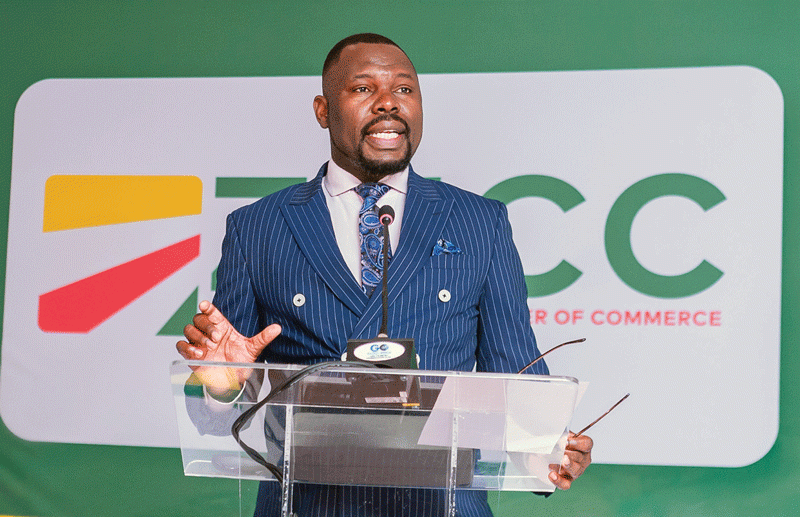
FINANCE and Investment Promotion deputy minister David Mnangagwa says the government is still working on restoring the mono-currency regime, despite the lack of confidence support structures.
The country adopted the use of multicurrency in 2009 after the collapse of the Zimbabwe dollar, following a bout of the world’s second highest inflation on record to date.
When the current government removed foreign currency usage in June 2019, the economy fell into a recession that year, forcing the Treasury to restore the multicurrency regime in March 2020.
Only recently, companies depending on banking credit were on the verge of collapse as banks had stopped lending fearing that the multi-currency regime would expire by 2025. This forced the government to push the date to 2030.
“I would not say that there is any confusion. As a matter of fact, there is actually more clarity now than there has ever been,”
Mnangagwa said in an interview with the Zimbabwe Independent on the side-lines of the entrepreneurs networking dinner, whose theme was Building Momentum for 2024. It was organised by the Financial Fitness Health Centre.
“Right now, we are operating under a multi-currency regime, which means that we have a basket of currencies, which can be utilised within the market, the use of which has been extended up until 2030.
“But at the same time, the government has been clear, his Excellency (President Emmerson Mnangagwa) has been clear that we are going mono-currency.”
The deputy minister said the government was working on the policies of compatibility indexing and would have a discussion that will help everyone understand the new direction of the future.
Commenting on how to bring confidence in the local currency as the sole legal tender, the deputy minister said this could only be done by maintaining stability in the prices and the exchange rates.
Currently, the Zimbabwe dollar lacks adequate foreign currency, commodity, or market confidence support structures.
“Look, the confidence issue is something that we have to deal with. It is not an event. It is something that has to be gained over time by maintaining stability with currency, with the prices and the exchange rates,” Mnangagwa said.
He said the use of the United States dollar was killing the manufacturing industry.
“But, the phenomena that we had when we were using strictly US dollars, Zimbabwe became a supermarket for other countries,” Mnangagwa said.
“Other countries were able to produce with their own currencies cheaper, just come and dump their goods here, siphoning the US dollar and taking it back to their countries.
“So, to have that competitive edge, we need to be manufacturing and selling our own products in our local currency.
“Once we do that, we can come up with our own monetary policies and structures that make sure that we keep our industry competitive. We can’t do that with the US dollar,” he added.
While the government says the use of the US dollar was killing industry, manufacturers and investors were the ones pushing for the continued usage of the multi-currency regime.
“We need our own local currency to become more competitive in pricing and in quality and so that we can grow in terms of industry. Industry can also testify to this,” Mnangagwa said.
“We can never be competitive as a country as long as we are using the US dollar. I talk about competitiveness, and it comes in two aspects, your pricing and your quality. And it means that one of them has to give so that you match products that are big, important, or coming from somewhere else.”










